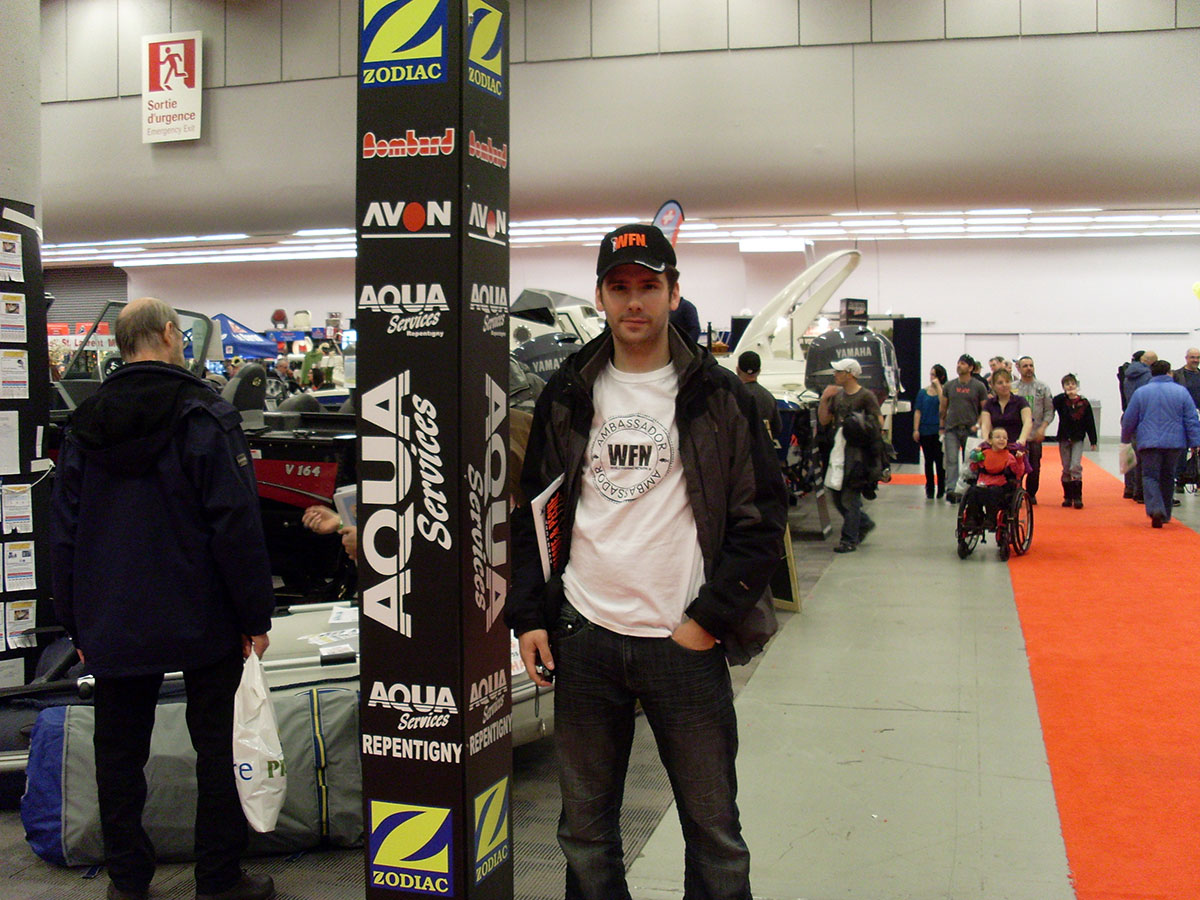guns and ammunition
Question
Hi! I'm an American mystery author, and I need to know if it was possible in 1944 for an expert to tell that a certain bullet found in a dead man came from a German Luger. I know this is an odd question, but I write WW II mysteries.. and it's an important clue.
Thanks so much!
Doreen
aka Kate Kingsbury
Answer
Doreen:
Your question is beyond my expertise, but I will give you what little help I can. You'll want to consult with someone who is an expert, not in firearms per se, but in Lugars in particular, and in ballistic forensics.
A place you might try is the American Firearms Museum, located in Fairfax, VA, and affiliated with the NRA. You can get contact information from the web site (NRA.org).
Georg Lugar brought his famous sidearm, and the cartridge designed for it (the 9mm, still in use by NATO today - variably called the 9x19mm, the 9mm Para Bellum [from the Latin, "Si vis pacem, para bellum"), or simply "9mm Lugar")in 1908, and served the German military as their official sidearm until 1939 (although there were many of them in service to the War's end. Some of the earlier versions were chambered the 7.65 Para Bellum [now a collector's cartridge].
By the time of Nazi aggression, numerous other guns were chambered for that cartridge as well in Europe. The Lugar was the most famous, but it was getting old by then, and was replaced by the Walther P-38 (chambered for the same cartridge) in 1938.
After the invasion of Belguim, the Germans took over the Fabrique Nationale firearms mfg plant, which produced the P-35 (in production today as the Browing Hi-Power) chambered for the same cartridge. Although not an official Nazi firearm, it is of excellent design, and the Germans procured them and carried them when they could.
Those would be the major players of the Nazi-possessed handguns chambered in the 9mm during WWII.
Although I know every little about forensic ballistics, the shape the firing pin and unique toggling action of the Lugar should leave marks on the cartridge casing that would be unique, and visible to the unaided, but trained eye.
However, to my knowledge the rifling was not sigificantly different than any other manufacturing process of the day.
Even today with modern forensics, it would be just about impossible to tell what kind of gun a projectile recoved in fleshy medium came from if that were the only clue. About the best you could do is determine the rate-of-twist left by the rifling, and the type of rifling (more processes today), and then narrow down the list.
All this to give you the reason for my conclusion: I would think it would be pretty hard, if not impossible, from the projectile alone to determine what kind of gun it was fired from. You'll probably need ejected catridge cases left behind to determine that it was a Lugar.
But check with National Firearms Museum. They know more than I do about this kind of thing, or may be able to put you in touch with someone who does.
The best to you with your new book. It sounds interesting.
Carrying Auto Pistol with round in chamber
Skeet


